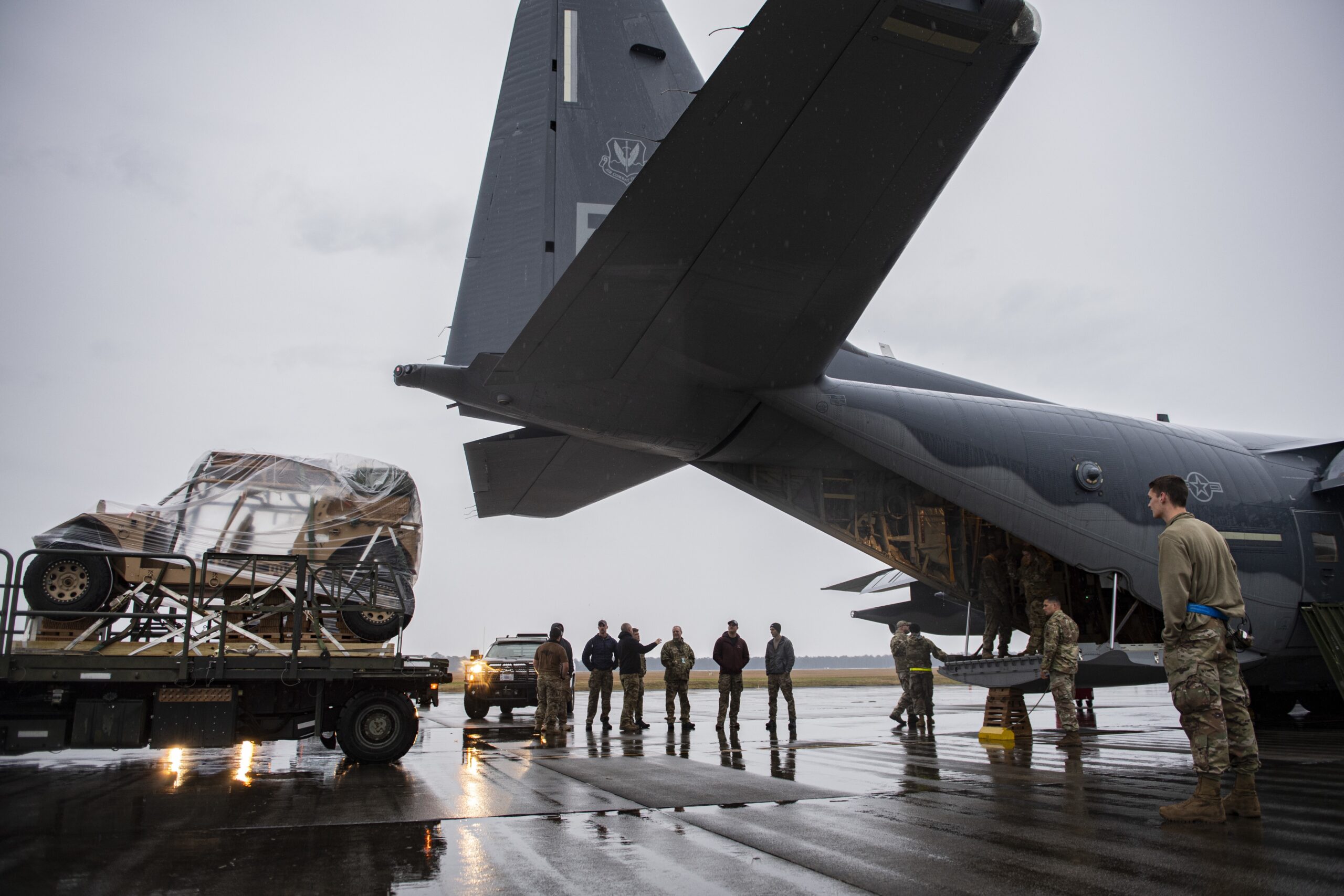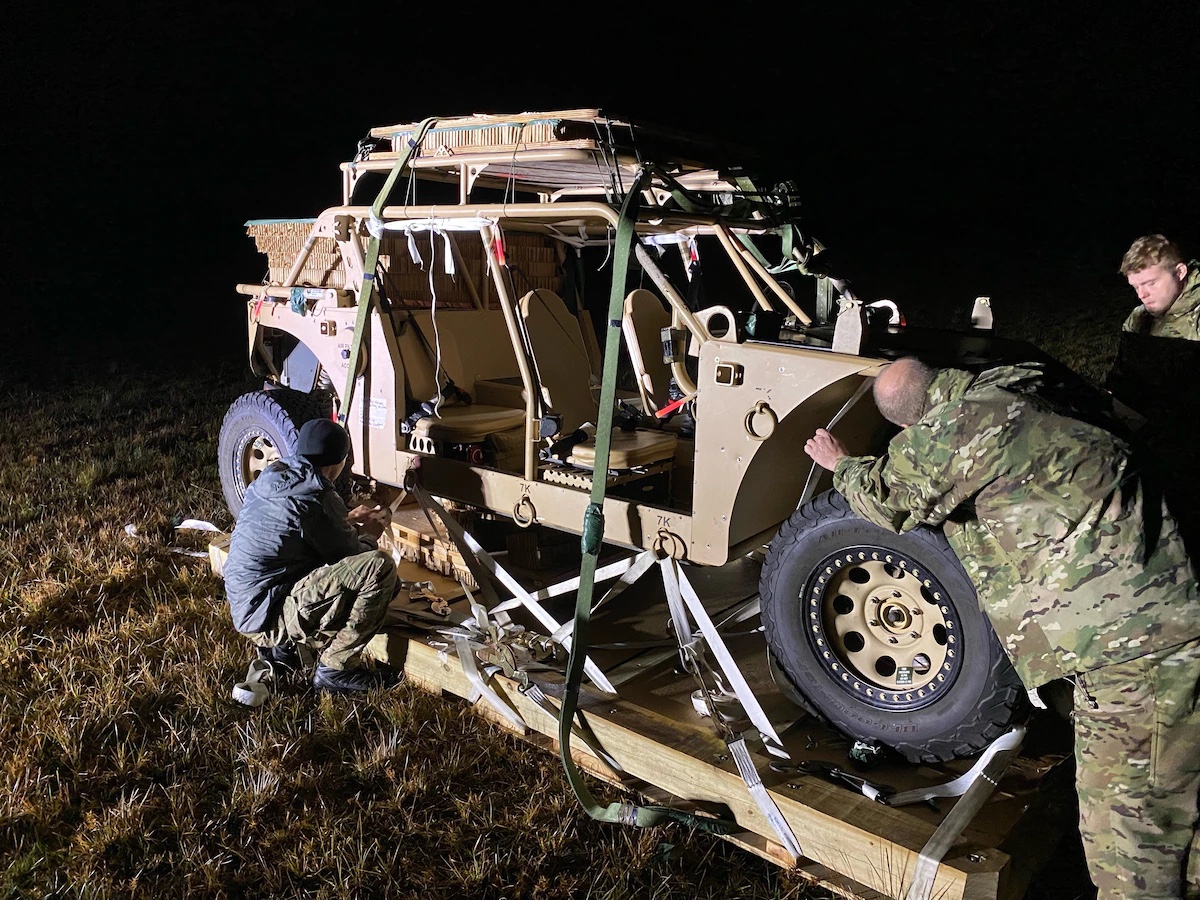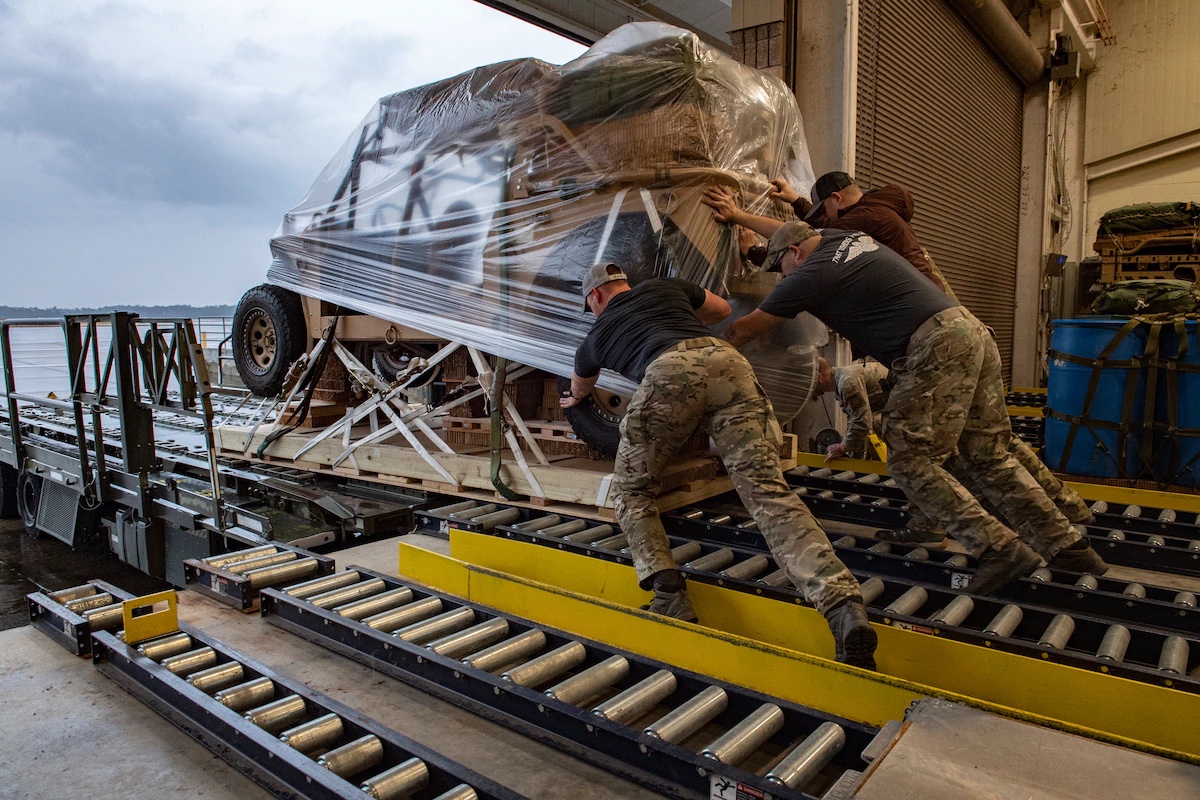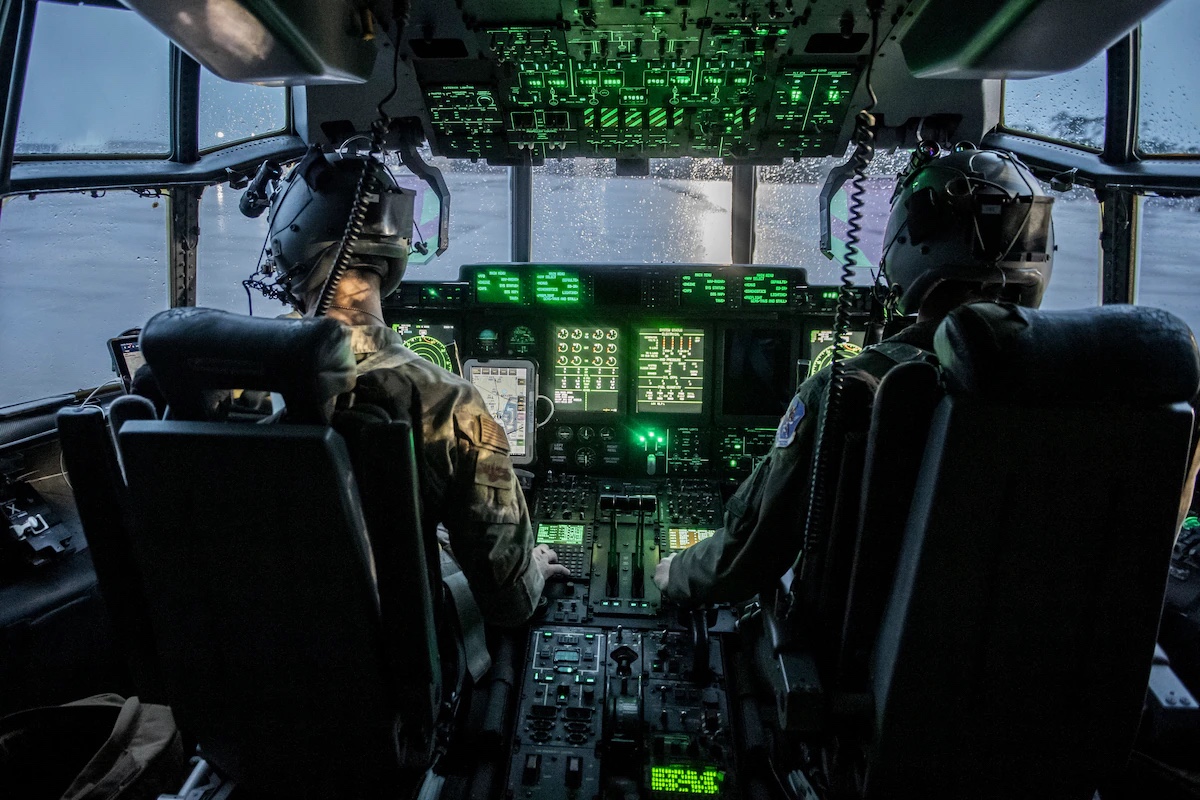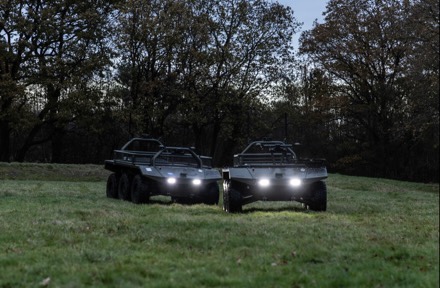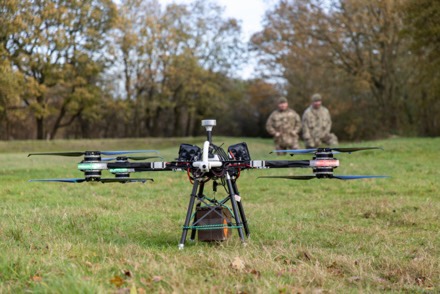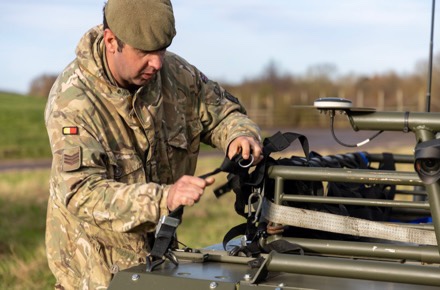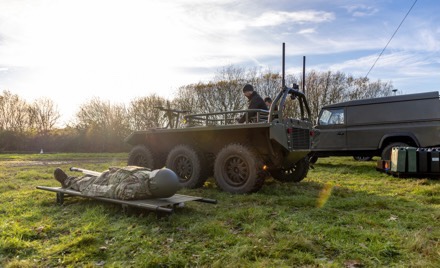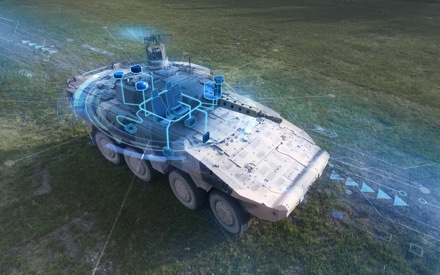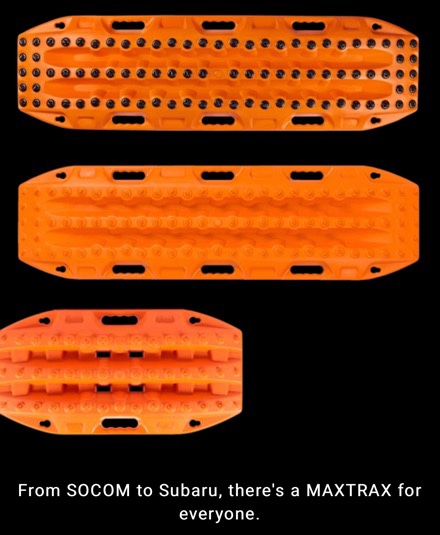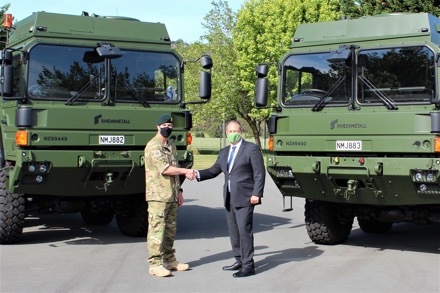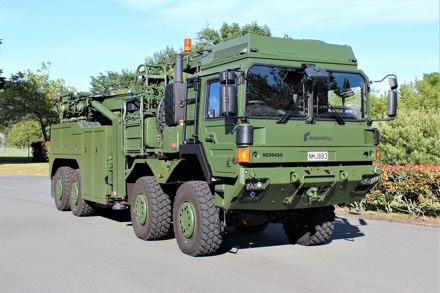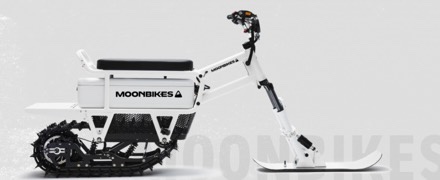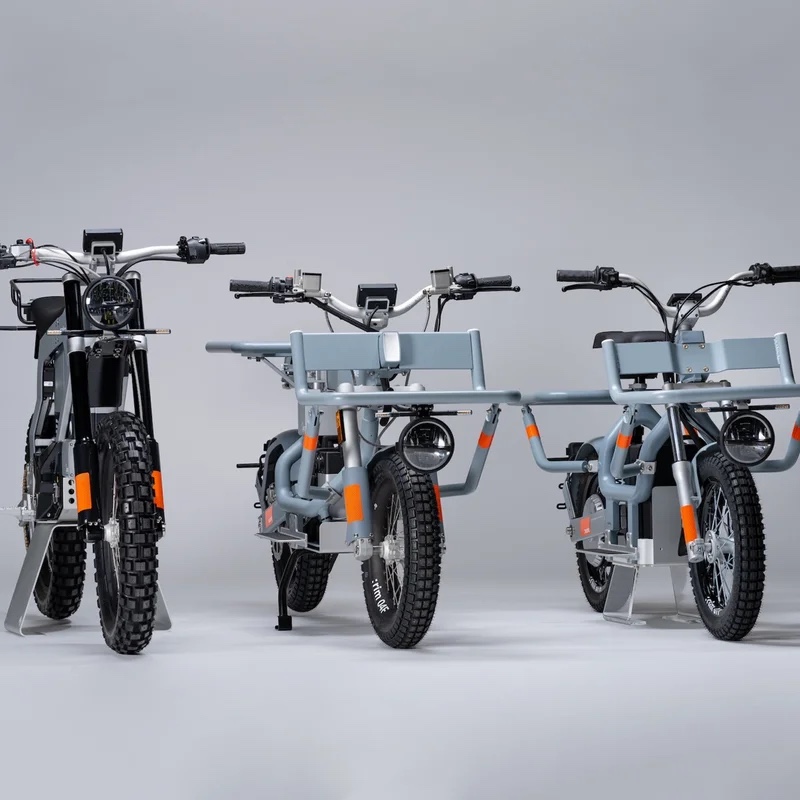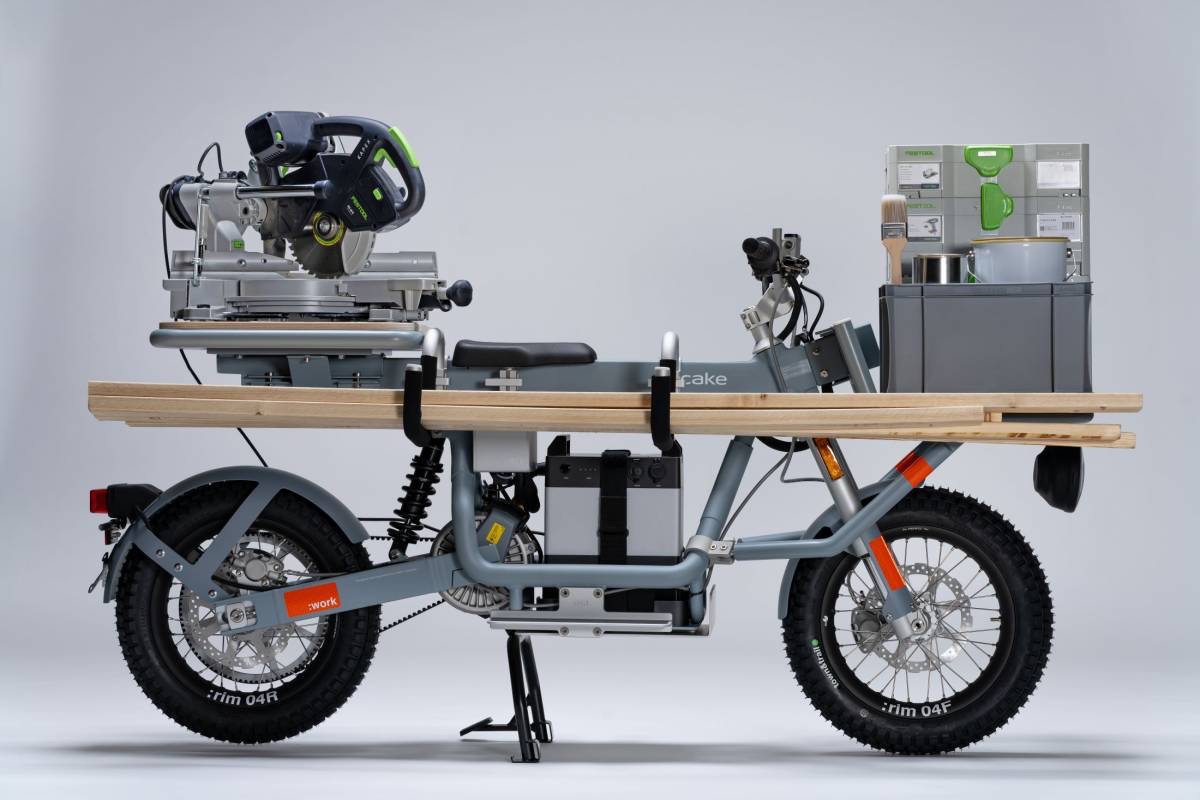ÖRNSKÖLDSVIK, Sweden — Feb. 1, 2022 — BAE Systems has confirmed its bid submission, together with the Swedish Defence Materiel Administration (FMV), for the advanced, combat- proven CV90 in response to the Ministry of Defence of the Slovak Republic’s acquisition of 152 new Infantry Fighting Vehicles (IFV) in multiple variants. The offer will ensure the production and delivery of the CV90 in collaboration with local Slovak industry, on time and to budget.
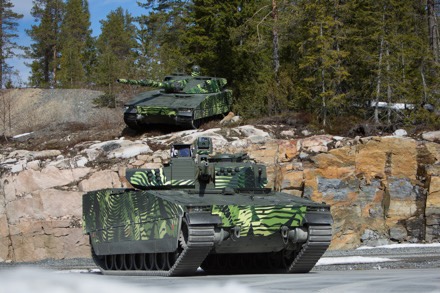
The joint filing by FMV and BAE Systems confirms the Swedish states’ support for Slovakia, further strengthening governmental relations as the country looks to modernize its ground forces by 2030. The bid includes support with training, tactics, and future development and welcomes Slovakia as a member of the CV90 User Club.
BAE Systems Hägglunds, which manufactures the CV90 in Örnsköldsvik, Sweden, has delivered multiple CV90 export programs to European customers. With a history of highly successful industrial cooperation that goes beyond the mechanical assembly of the vehicle, the team will work with several Slovak companies to deliver the CV90s to the Army.
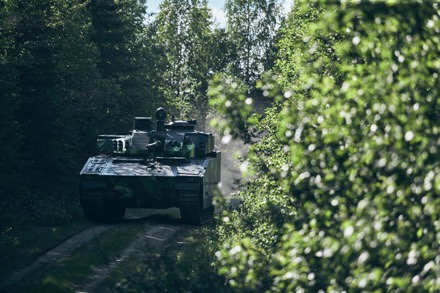
“BAE Systems’ approach is built on strategic collaboration with local suppliers, enabling them to play a high-value role in the development, production, training, and support of the CV90 MkIV and all its variants,” said Tommy Gustafsson-Rask, managing director of BAE Systems Hägglunds. “We are committed to exceeding the mandated 40 per cent requirement for direct content as we work closely with Slovak industry to deliver the most capable, combat-proven IFV on the market today.”
In June 2021, the CV90 participated in dynamic and static demonstrations to Slovak VIPs, including defense minister Jaroslav Na?, and representatives from the Army at the Military Technical and Testing Institute of Záhorie, Republic of Slovakia. Three variants of the CV90 family – the CV90 MkIV, an Armoured Personnel Carrier, and the Medium Tank CV90120 – showcased the diverse capabilities of the CV90 fleet.
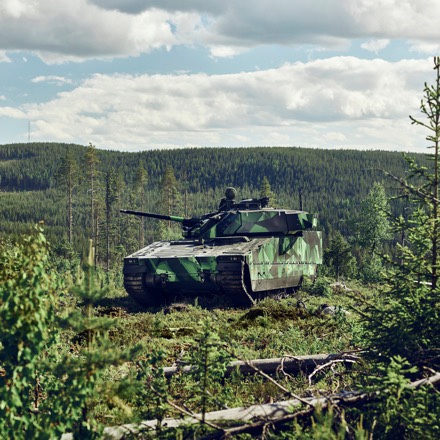
Available in 15 variants, the CV90 is designed to provide optimum mobility, with the highest level of protection in any terrain or tactical environment. The latest version, the CV90 MkIV, combines improved battlefield speeds and handling with an upgraded Electronic Architecture to support future growth capabilities as the complex battlefield evolves.
The CV90 is in operation with Denmark, Estonia, Finland, Norway, Sweden, Switzerland, and the Netherlands. There are nearly 1,300 CV90s of numerous variants in service. The vehicle has an established track record and is designed to accommodate future growth to meet evolving missions.


